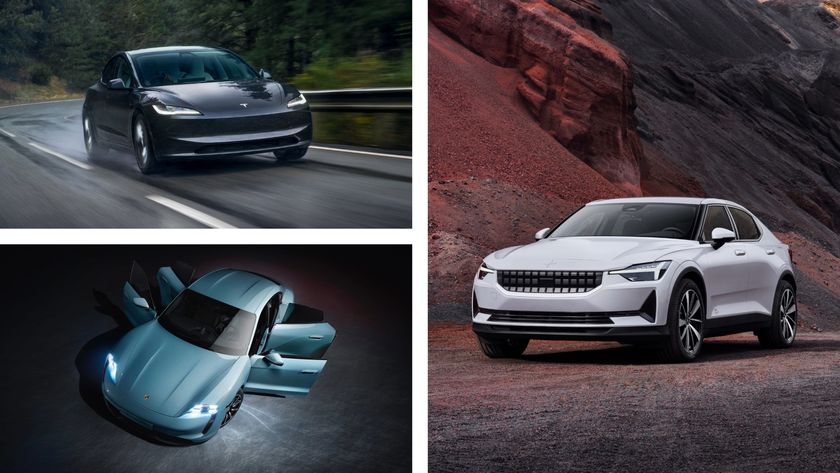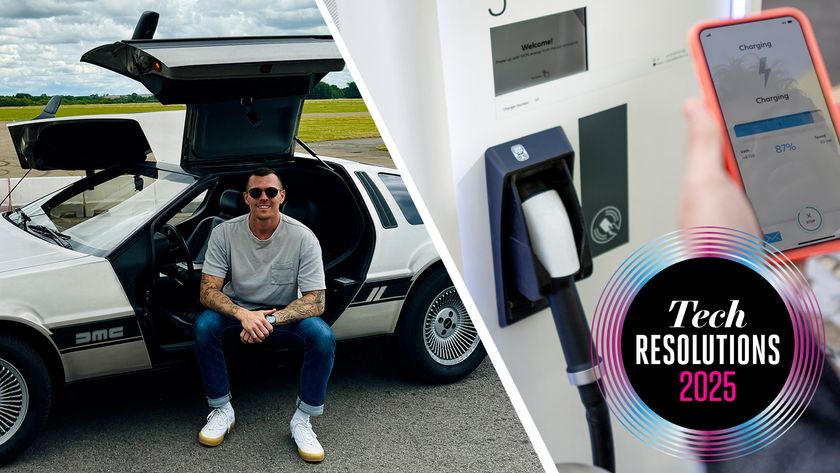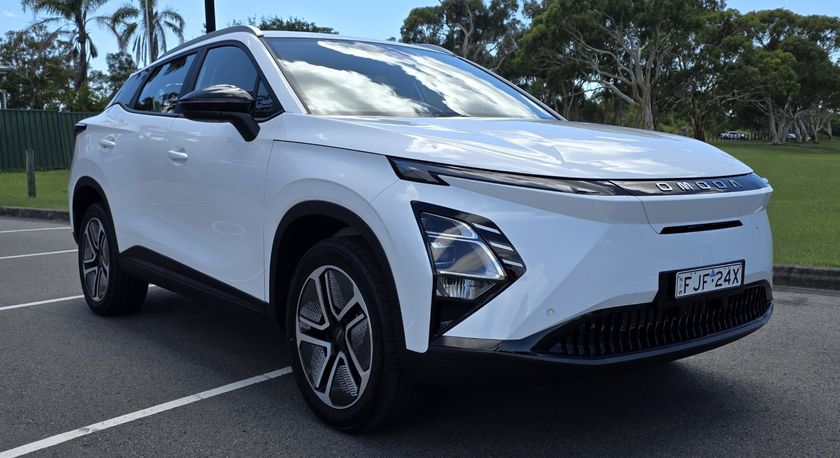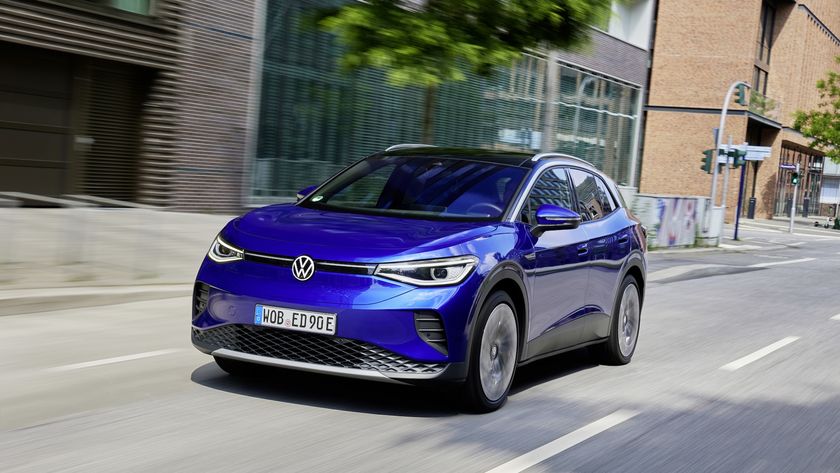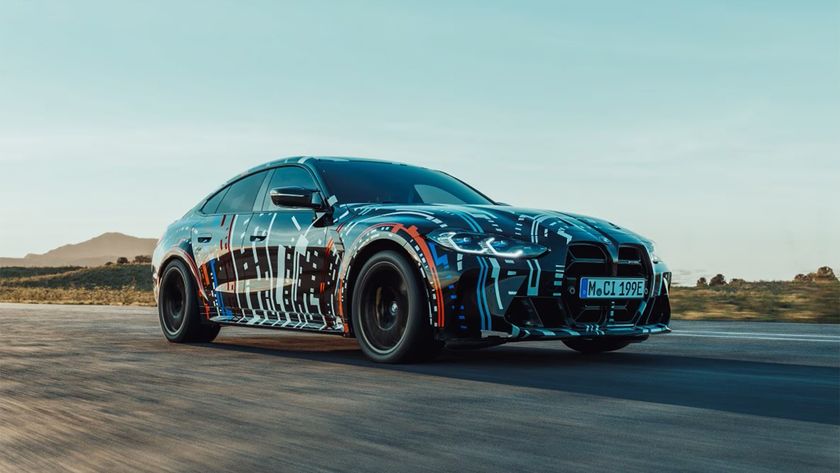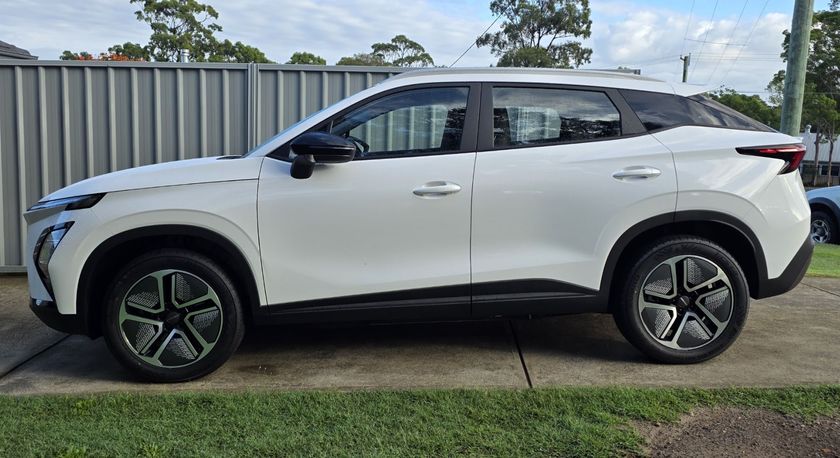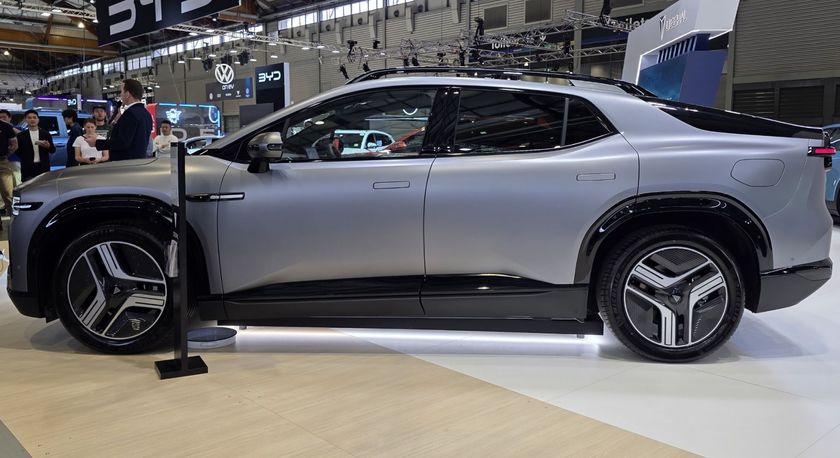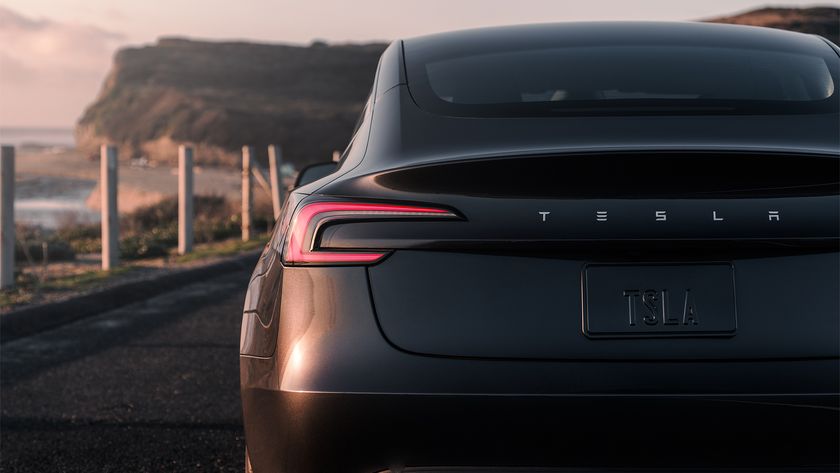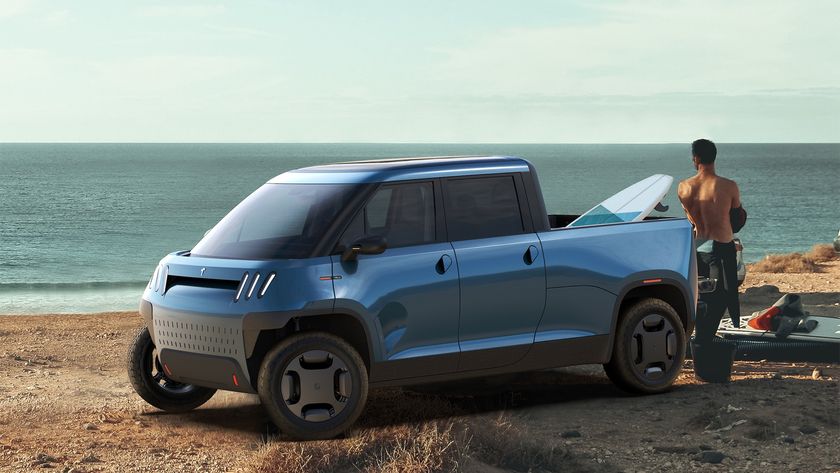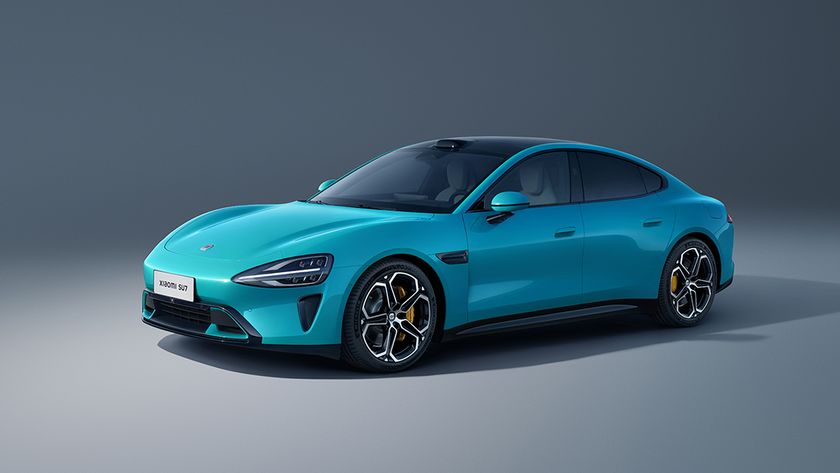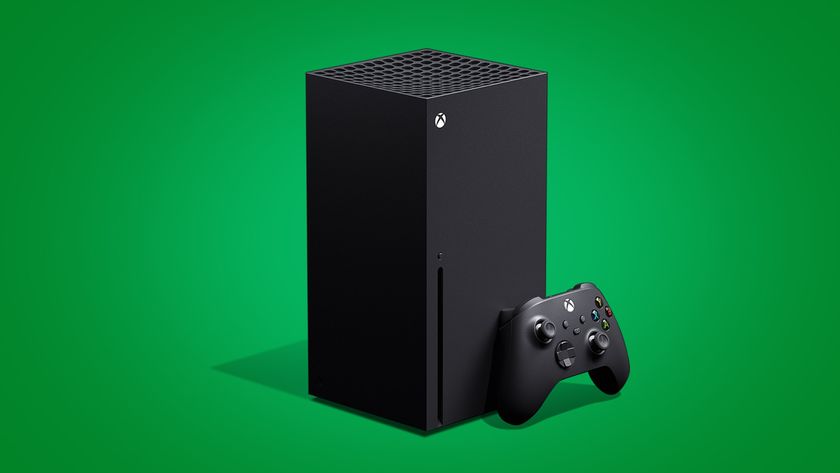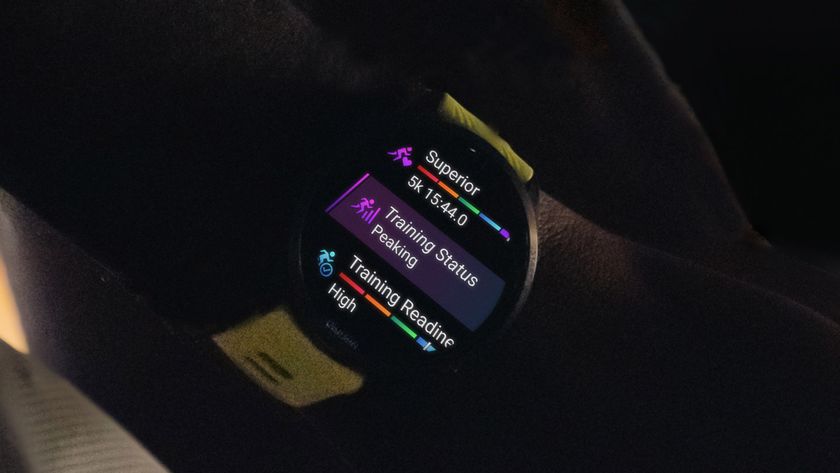Don’t worry about E10 petrol – here’s why
Whether your car is a BMW, Mercedes or Skoda, there’s very little to worry about
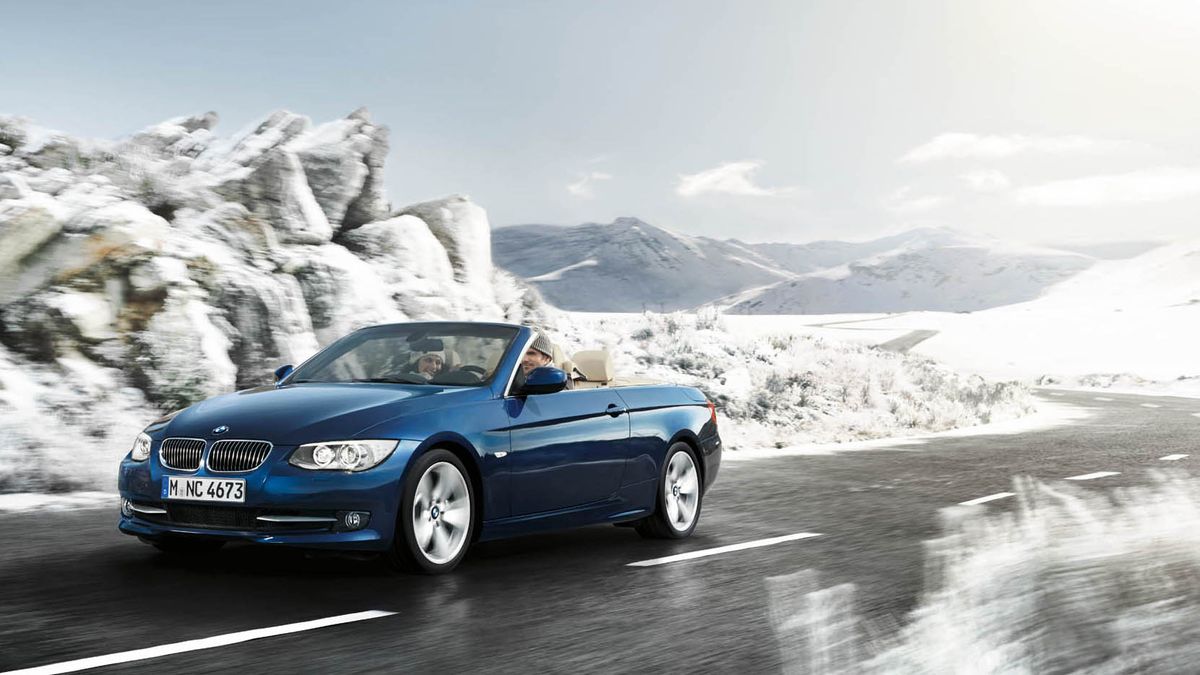
What is E10 petrol? The relatively eco-friendly petrol alternative is widely used in plenty of European countries, and has been the norm in the USA for over 20 years – and the UK is finally following suit.
E10 is now going to be a common sight in petrol stations across the UK – but those of you bewildered by the change, or unsure whether your car is compatible with E10, needn’t worry too much.
E10 is a form of petrol, much like the standard E5 that’s likely powering your car at the moment, but with 10% ethanol rather than 5% ethanol – hence why it’s called ‘E10’. The remaining 90% is unleaded petrol, which is a big carbon emission culprit.
Increasing ethanol therefore makes for fewer carbon emissions, and while the footprint of your car will still be more than that of an electric car, it’s still going to improve things. E10 is already appearing in some petrol stations, and will be rolling out "at pace" throughout September, says RAC head of policy Nicholas Lyes.
- EV vs PHEV vs self-charging hybrid vs mild hybrid: what's best for you?
Wait, can my car run this magic eco-fuel?
Almost certainly. As the BBC reports, “every petrol vehicle built after 2011 should accept E10”, though a number of cars older than that may not be so lucky.
You can check whether your car is E10-compatible in this Gov.UK checker, and you’ll need to know the vehicle manufacturer, model, engine size and year it was manufactured.
If you're unsure of your vehicle’s model, you should look for the VIN (Vehicle Identification Number) on your car – it usually appears on the driver side of the dashboard, or on your vehicle registration documentation. (It’s also worth noting that any replacement parts used in your car could impact the ability of your vehicle to use E10.)
Get daily insight, inspiration and deals in your inbox
Sign up for breaking news, reviews, opinion, top tech deals, and more.
If your car isn’t compatible, it won’t turn to a useless husk overnight – you’ll still be able to use E5 super unleaded, though you will be paying something of a price premium. E5 super unleaded may cost 10-12p more per litre than E10, which will remain at the same price as current E5 petrol (135.1p at the time of writing).
For the overwhelming majority of drivers, then, there’s very little to worry about, in terms of either price changes or vehicle compatibility. Still, it’s worth checking to see whether your car will have to stick with the pricier E5 super unleaded petrol as the changes roll out.
If you want to avoid these changes altogether, though, you may want to consider an electric car – or even an electric bike – to get around.
- The best electric bikes 2021: the best e-bikes tested, reviewed and ranked
Henry is a freelance technology journalist, and former News & Features Editor for TechRadar, where he specialized in home entertainment gadgets such as TVs, projectors, soundbars, and smart speakers. Other bylines include Edge, T3, iMore, GamesRadar, NBC News, Healthline, and The Times.
